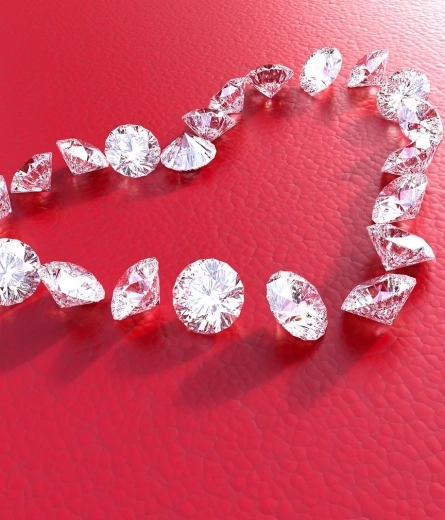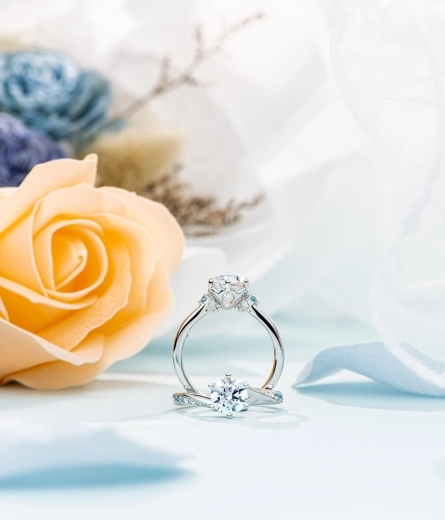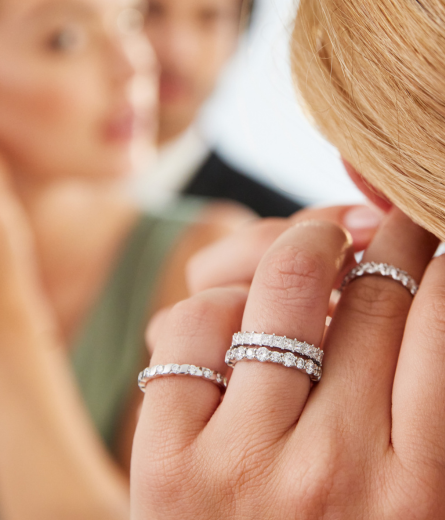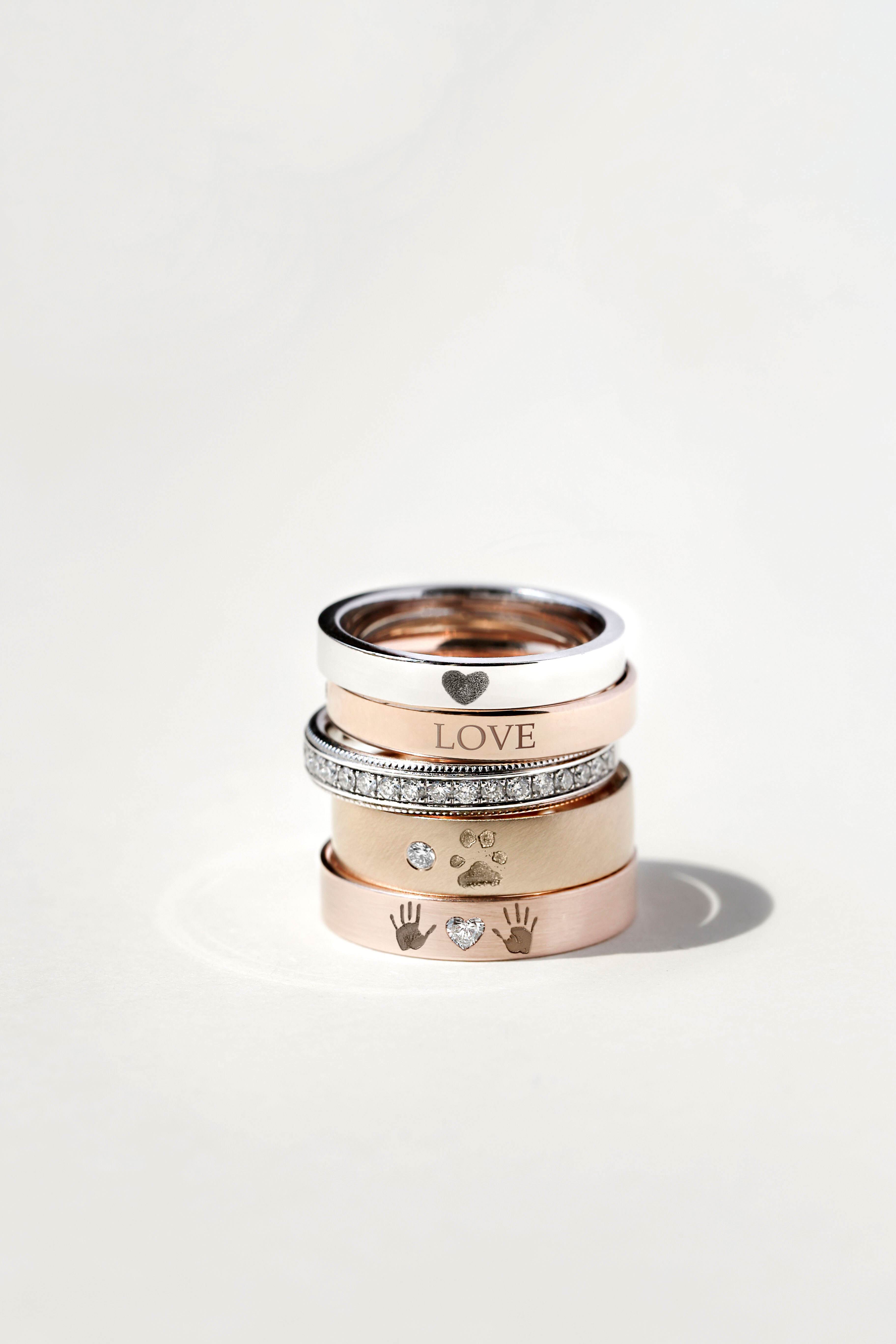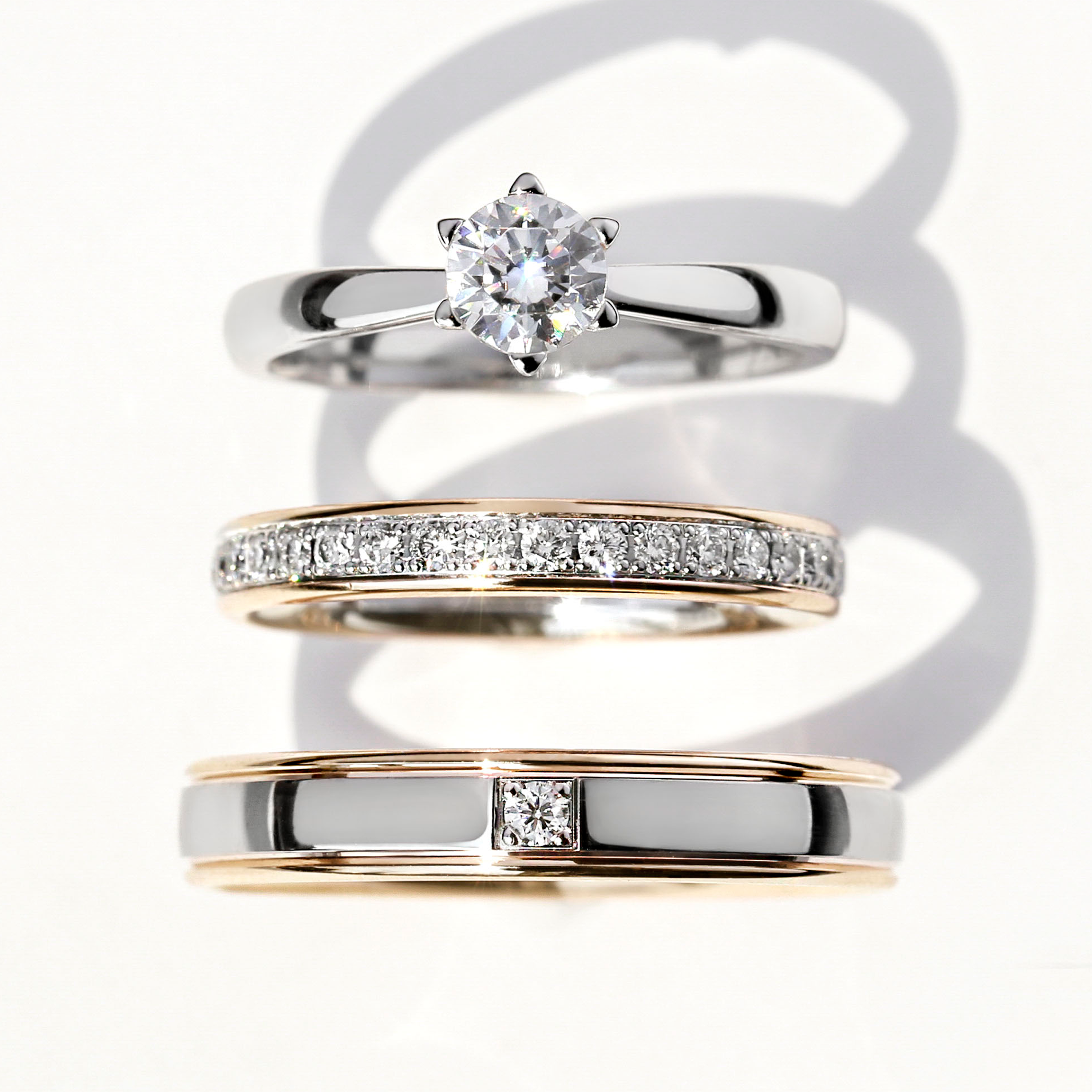Understanding Diamond Types: Differentiation and Classification

Diamonds, nature's most exquisite gemstones, are classified into various types based on their chemical and physical properties.
This classification, determined by the presence and type of impurities within the diamond's crystal lattice, influences the diamond's colour, clarity, and conductivity.
Understanding these types helps in assessing the diamond's quality, rarity, and suitability for various applications.
Diamond Types: An Overview
Diamonds are primarily classified into two broad categories: Type I and Type II, which are further subdivided based on their unique characteristics.Type I Diamonds
Type I diamonds are the most common, comprising about 98% of all diamonds. They contain nitrogen atoms as impurities.
1.Type Ia
- Nitrogen Aggregates: Type Ia diamonds contain nitrogen atoms clustered in groups.
These aggregates often absorb blue light, giving the diamond a yellow or brownish tint. - Subcategories:
- Type IaA: Nitrogen atoms are paired in aggregates.
- Type IaB: Nitrogen atoms form larger complexes.
- Characteristics: These diamonds often display a range of yellow hues and may fluoresce under UV light.
2.Type Ib
- Single Nitrogen Atoms: In Type Ib diamonds, nitrogen atoms are isolated rather than clustered.
- Color: This arrangement causes a stronger yellow or orange color due to the absorption of visible light in the blue and violet regions.
- Rarity: Type Ib diamonds are very rare, accounting for less than 0.1% of natural diamonds.
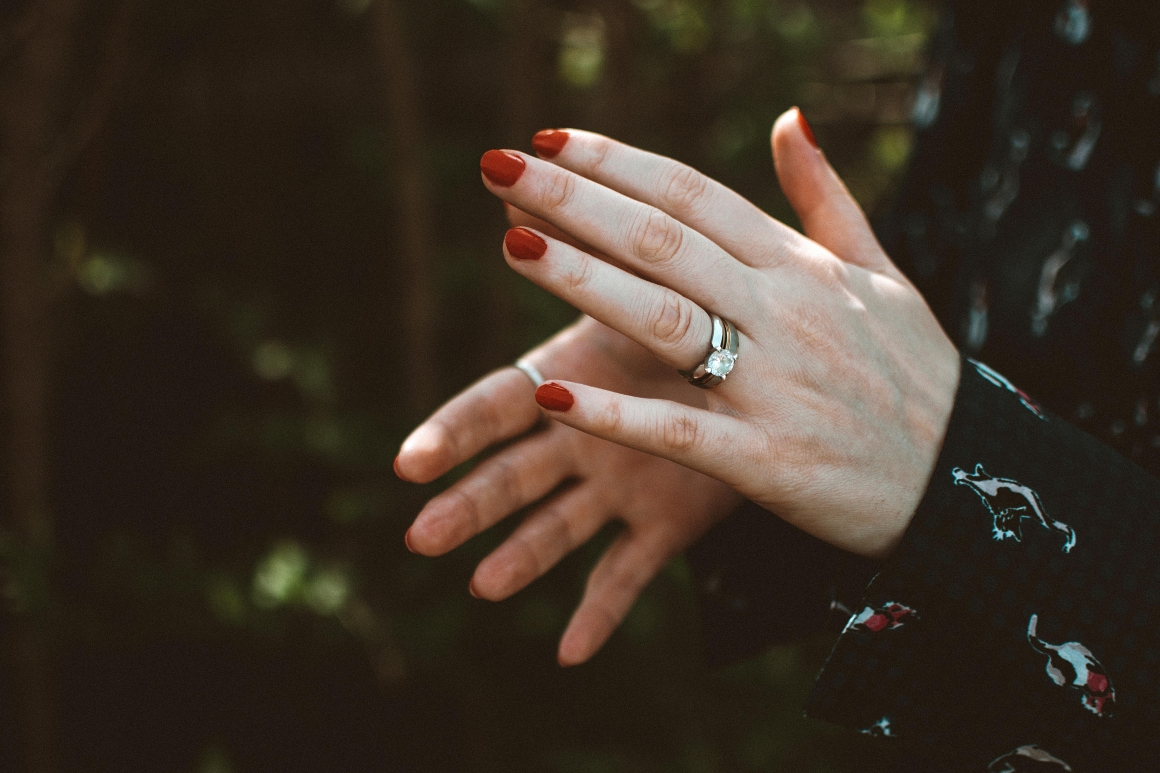
Type II Diamonds
Type II diamonds are rare and contain very little to no nitrogen impurities.They make up about 2% of all diamonds.
1-Type IIa
- Pure Carbon: Type IIa diamonds are almost entirely devoid of nitrogen or other impurities, making them the purest type of diamond.
- Color: They are often colorless or near-colorless, with exceptional transparency.
Some can exhibit rare colors such as pink, blue, or brown due to structural anomalies. - Rarity: Type IIa diamonds are highly prized for their clarity and brilliance.
- Boron Atoms: These diamonds contain boron impurities, which give them unique properties.
- Colour and Conductivity: Boron causes these diamonds to appear blue or grey.
Unlike other diamonds, Type IIb diamonds are semiconductors and can conduct electricity. - Rarity: Type IIb diamonds are extremely rare and highly valued, often sought after for their distinctive blue hue.
Differentiating Diamond Types
Identifying and differentiating between diamond types involves sophisticated techniques and equipment:
- Infrared Spectroscopy: This method analyzes the diamond's infrared absorption spectrum, which reveals the presence and form of nitrogen and other impurities.
- UV-Vis Spectroscopy: This technique helps identify the diamond type by analyzing its absorption of ultraviolet and visible light.
- Photoluminescence Spectroscopy: Used to detect trace elements and structural defects, providing information about the diamond's type and quality.
- Electrical Conductivity Tests: Particularly useful for identifying Type IIb diamonds, which can conduct electricity.
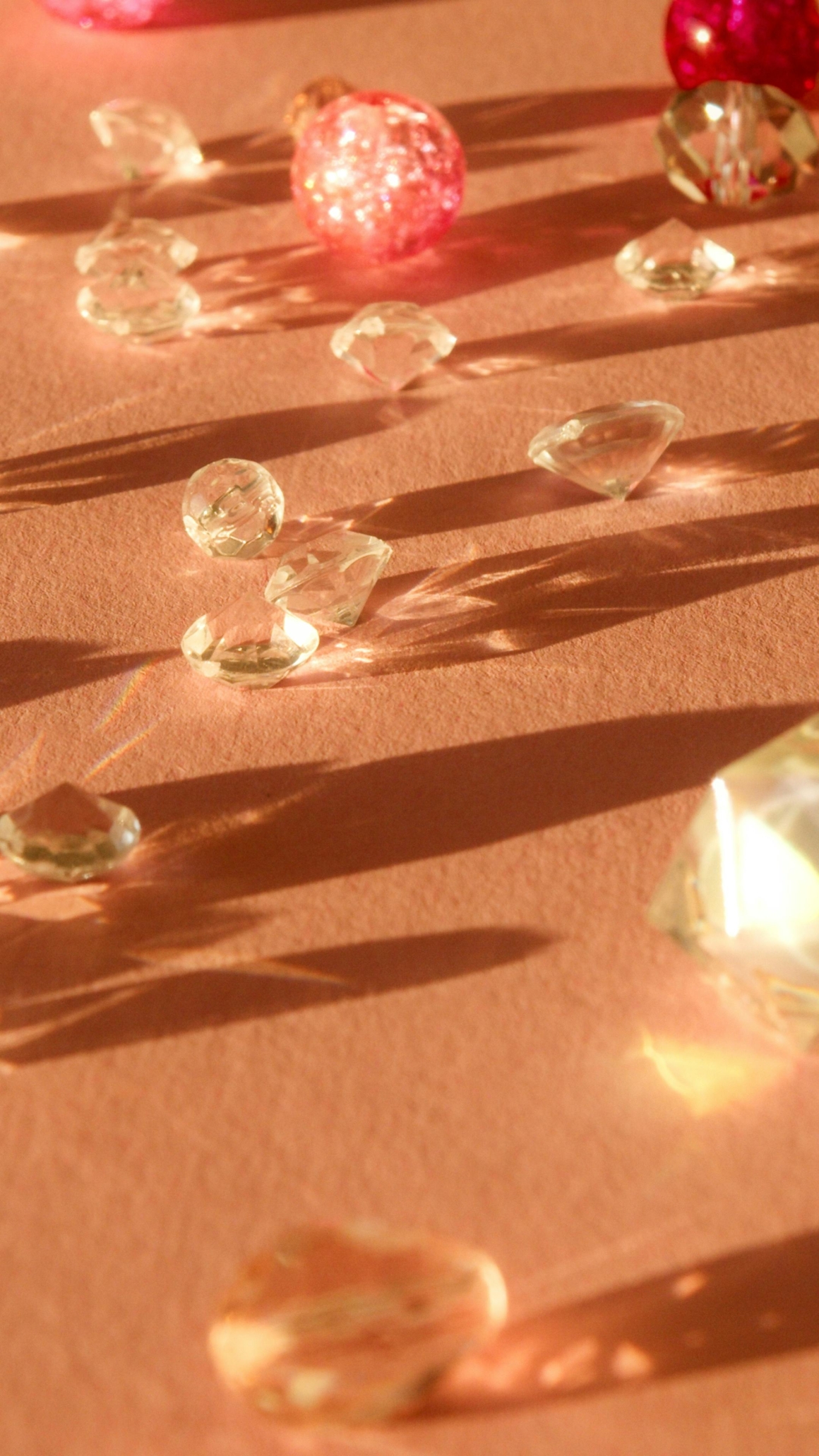
Impact on Value and Applications
The type of diamond significantly impacts its value and uses:
- Type Ia Diamonds: Common in jewelry, especially those with yellow hues. Their fluorescence can be an attractive feature for some buyers.
- Type Ib Diamonds: Rare and valuable, these diamonds are often sought for their intense color and are used in high-end jewelry.
- Type IIa Diamonds: Highly valued for their exceptional clarity and lack of impurities, making them ideal for fine jewelry and investment pieces.
- Type IIb Diamonds: Prized for their rarity and unique blue color, often used in exclusive jewelry pieces.
Their conductivity also makes them useful in scientific and industrial applications.
Conclusion
Understanding the different types of diamonds—Type Ia, Type Ib, Type IIa, and Type IIb—provides valuable insights into their formation, properties, and market value.Whether you are a jeweler, a gemologist, or a diamond enthusiast, recognizing these differences enhances your appreciation of these magnificent gemstones.
At Aluxe, we offer a wide selection of diamonds, complete with transparent certification detailing their type and characteristics.
We invite you to visit our store to explore our exquisite collection and find the perfect diamond that meets your needs and desires.




































